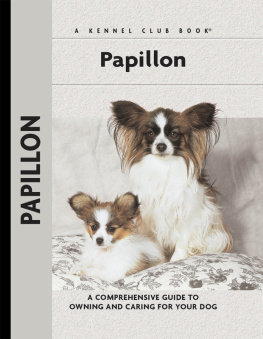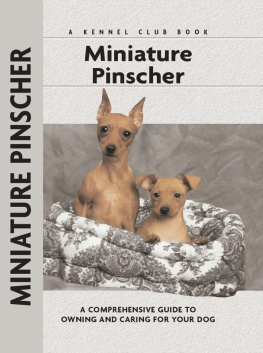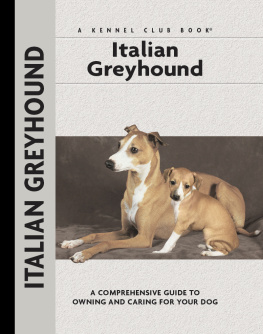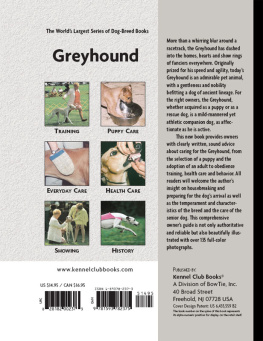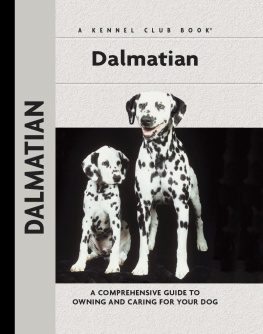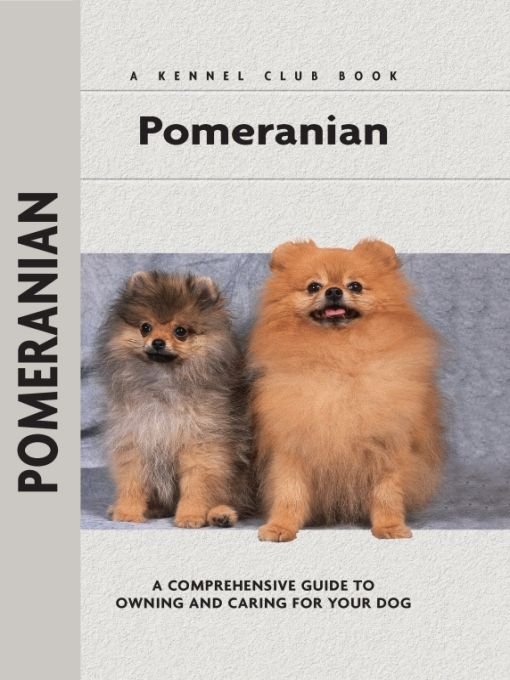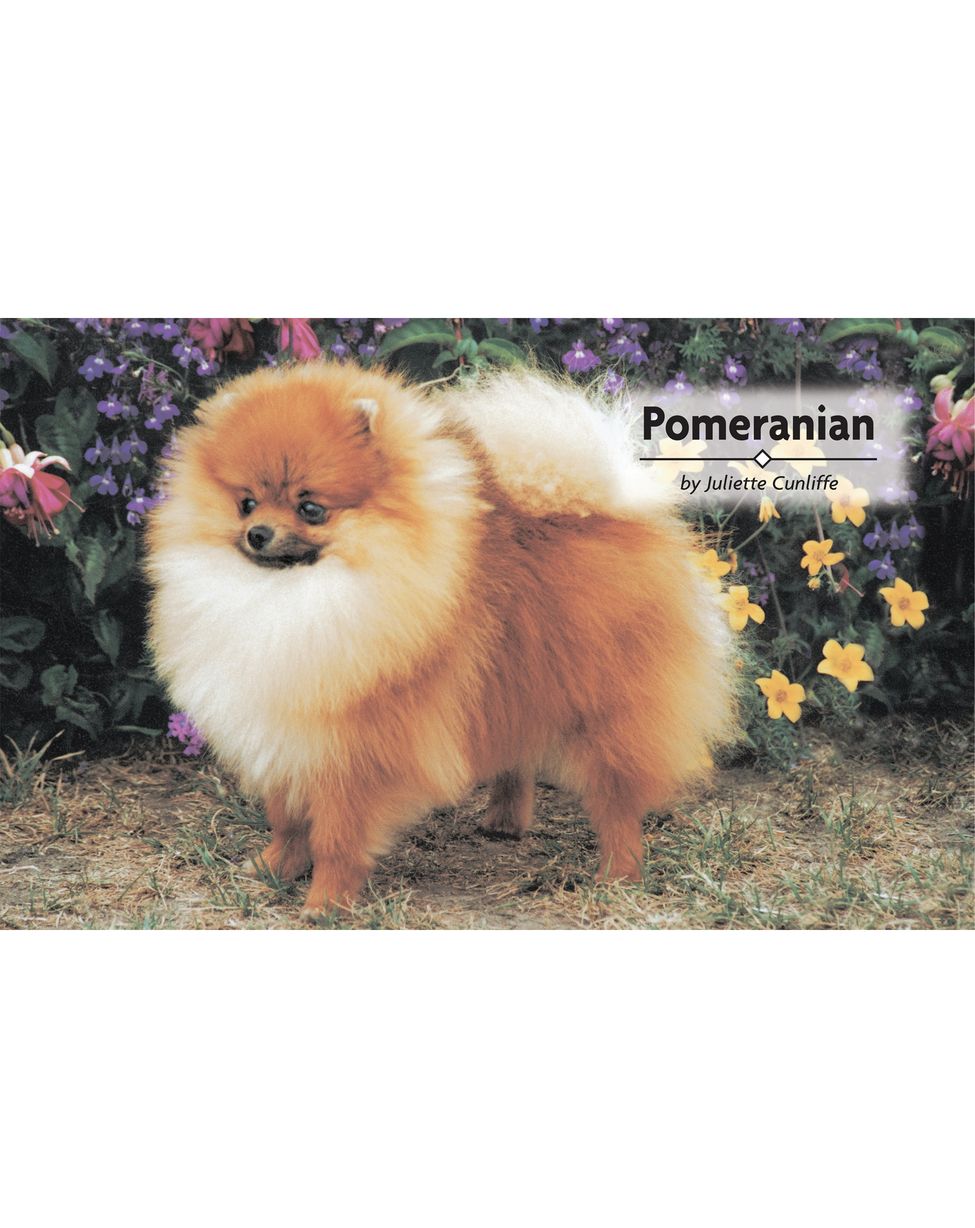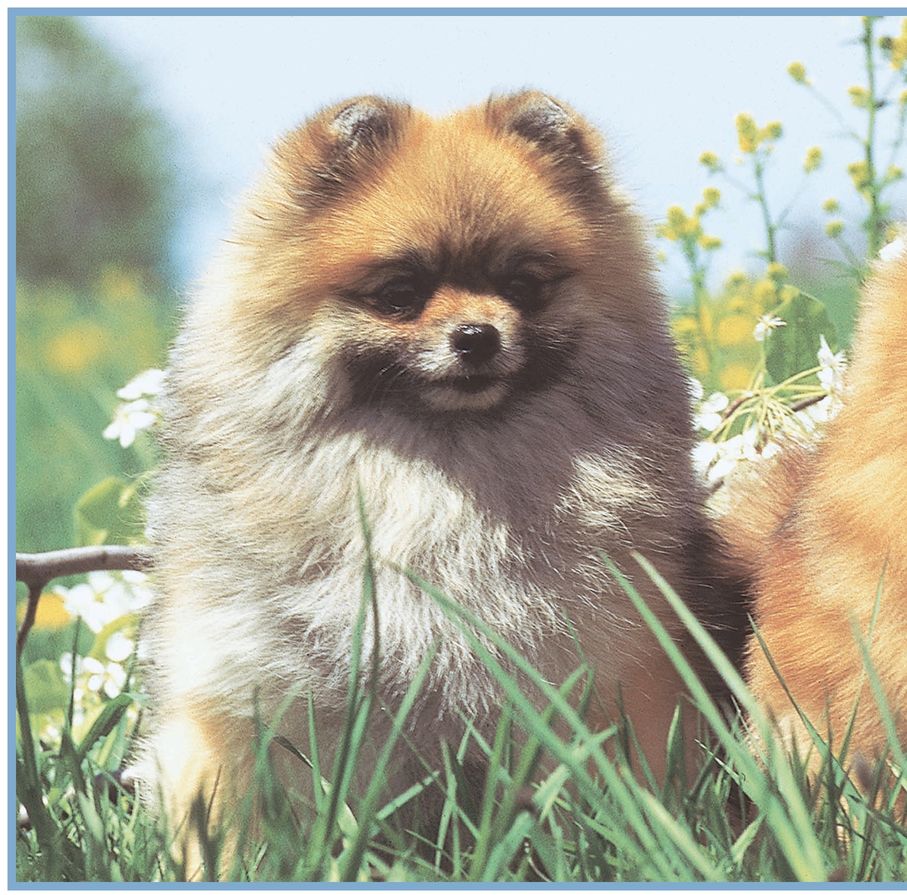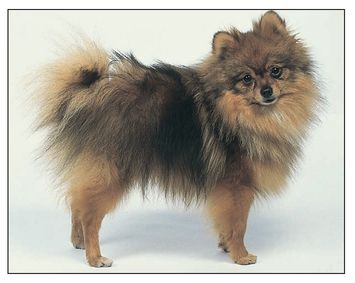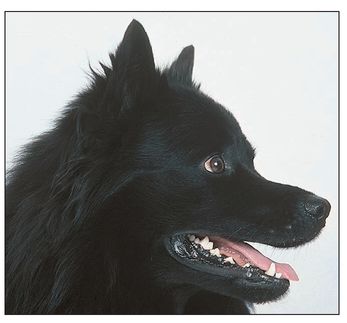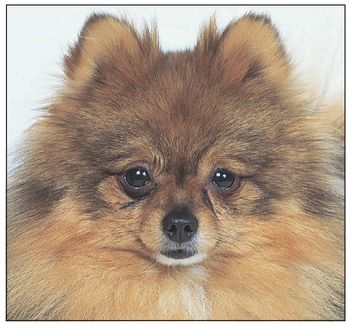Table of Contents
Physical Characteristics of the Pomeranian
(from the American Kennel Club breed standard)
Head: In balance with the body. The skull is closed. The top of the skull is slightly rounded, but not domed.
Ears: When viewed from the front and side, small, mounted high and carried erect.
Shoulders: Moderately muscled. The length of the
shoulder blade and upper arm are equal.
Eyes: Dark, bright, medium in size and almond-shaped.
They are set well into the skull on either side of a well-pronounced stop.
Forelegs: Moderately muscled, straight and parallel to each other. Height from elbows to withers approximately equals height from ground to elbow.
Muzzle: Rather short,straight, fine, free oflippiness and never snipey.
Neck: Short with its baseset well into the shouldersto allow the head to becarried high.
Color: All colors, patterns, andvariations there-of are allowed: Red,Orange, Cream, and Sable; OpenBlack, Brown, and Blue; Open AnyOther Color, Pattern, or Variation.
Back: Short with a level topline; compact and well-ribbed with brisket reaching the elbow.
Tail: Plumed, lies flat and straight on the back.
Hindquarters:The angulation of the hindquartersbalances that of the forequarters. The thighs aremoderately muscled with stifles that are moderatelybent and clearly defined.
Coat: Double. The undercoat is soft and dense. The outer coat is long, straight, glistening and harsh in texture.
Hindlegs: Straight and parallel to each other.
Size: Theaverage weightof the Pomeranian isfrom 3 to 7 pounds, with theideal weight for the show specimenbeing 4 to 6 pounds.
Feet: Well-arched, compact, and turn neither in nor out. He stands well up on his toes.
Todays tiny Pomeranian derives from the large spitz breeds of Germany. Our modern dog is a fashionable and petite member of the Toy Group.
HISTORY OF THE POMERANIAN
Although now well known as one of the smallest of the Toy breeds, the Pomeranian was formerly considerably larger. Those unfamiliar with the breed will probably be surprised by some of the early paintings of Pomeranians, for the dogs shown look large by todays standards, sitting alongside their elegant mistresses.
THE BREEDS NAME
The breeds name derives from its homeland of Pomerania, a former duchy on the Baltic, between eastern Germany and western Poland. The Pomeranian was a descendant of European working dogs. Such dogs were also held in high esteem in Greece and Rome, where they were prized as ladies pets. In classical Grecian times, the Pomeranian was called the Maltese Dog, which has on occasion led to some confusion.
The earliest record of the name Pomeranian is found in Voyage of Discovery Around the World, written by George Vancouver. He reported that on May 24, 1792, he had visited an Indian village where he had found a number of dogs resembling those of Pomerania, though somewhat larger. They were, he said, shaven close to the skin and the people had clothing and blankets made from their coats.
The DeutscherKleinspitz, thesmallest of theGerman Spitzbreeds, resemblesthe Pomeranian,and in someplaces is stillregarded as thesame breed.
EARLY USE
Dogs of this kind were originally used mainly to control sheep and cattle, as well as to round up reindeer. They were known generally as Wolfspitz dogs and lie behind the Pomeranians, Schipperkes, German Spitzen, Samoyeds, Norwegian Elkhounds and Keeshonden we know today. Other names by which the breeds ancestors were known were Fox-dog, Spitz-dog and Loup-Loup. Indeed one of the animals from which they offered protection for the flocks was the wolf, and it was said that such dogs never failed to attack with success!
The DeutscherGrossspitz, oneof the largest ofthe GermanSpitz breeds,resembles thePomeranian incoat and typebut stands 16inches tall.
The Pomeranianspopularity in theAmerica and UKhas precluded theadvancement ofthe GermanKleinspitz inthose countries.
The Pomeranian not only was known in Western Europe but also was used in the cold wastelands of Russia and Siberia to pull sledges. Russias Laika, a dog known by many for its employ in space travel, also has similar ancestry to that of the Pomeranian. Indeed it is generally accepted that the Pomeranian derives from one of the northern Arctic spitz breeds. The Samoyed, found in Siberia along the shores of the Arctic Ocean, and the large white Pomeranian found earlier in Britain bore many similarities.
FASCINATING DESCRIPTION
By the turn of the 20th century the Pomeranian was, however, a different dog in many ways.
Certainly it was no longer pulling sledges or herding sheep. By way of introduction to the breed, Herbert Comptons description of the Pomeranian makes fascinating reading: We weigh about 6 lb as a rule, and the only mutton we take care of is roasted, and on a plate. Moreover, the modern Pom, in conformity with the fashionable circles it has entered, has elaborated its wardrobe, and you shall find it wearing coats of many colors, to witwhite, black, gray, fawn, red, blue, chocolate, brown, beaver, sable, orange and particolored. Like a star-rocket, it has ascended aloft and burst into many tints, and very, very small splashes of them. It is no longer Brobdingnangian and blood-thirsting for the wolf, but Lilliputian and addicted to the lap. Moreover it has learned good manners and ceased to labor under the imputation of being snappish, untrustworthy and dangerous to children, as was its character not so long ago, being deemed affectionate, gentle and well-behaved. It has but to moderate the rancor of its tonguein other words, to be less feverishly noisyto become in every way a pattern for pet-dogs.


